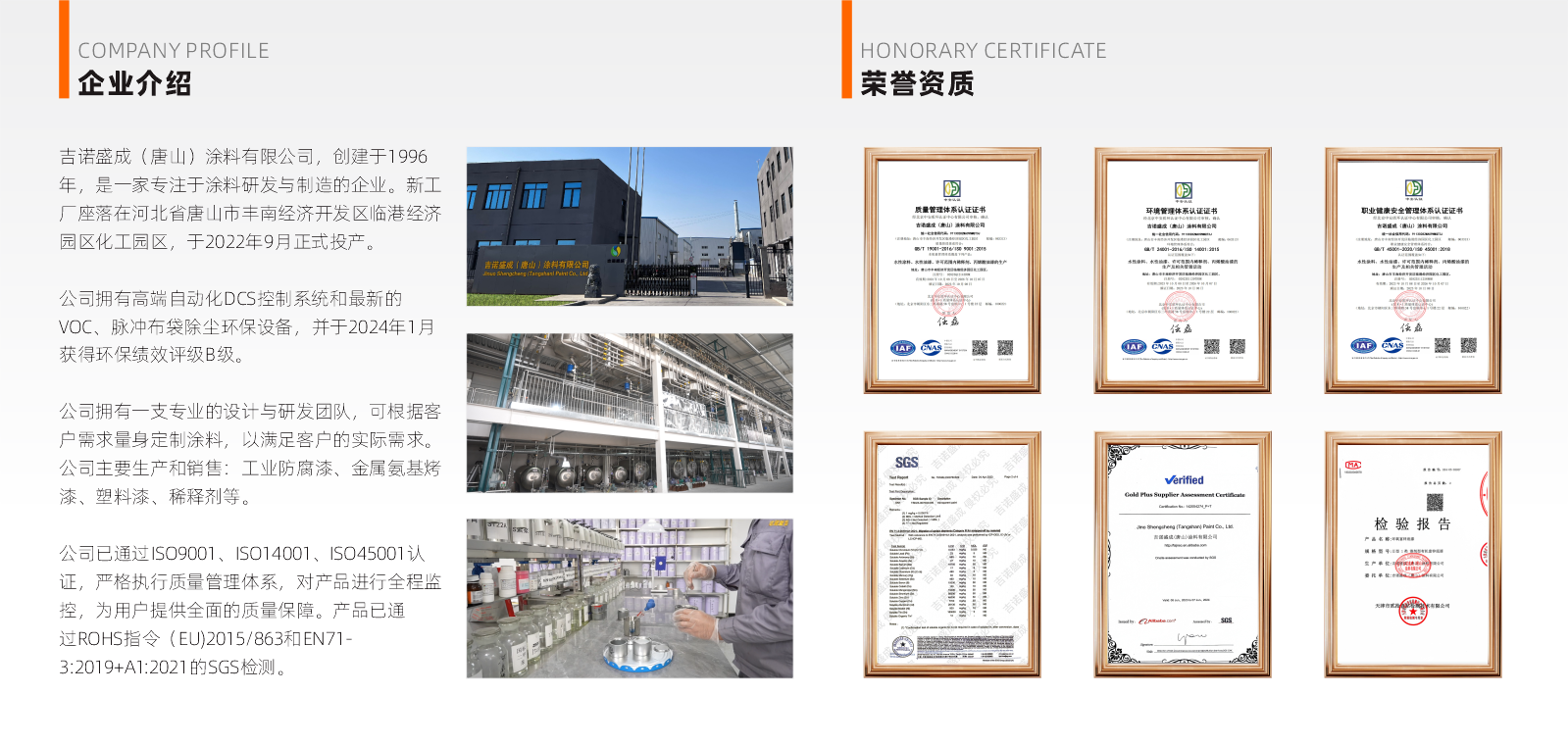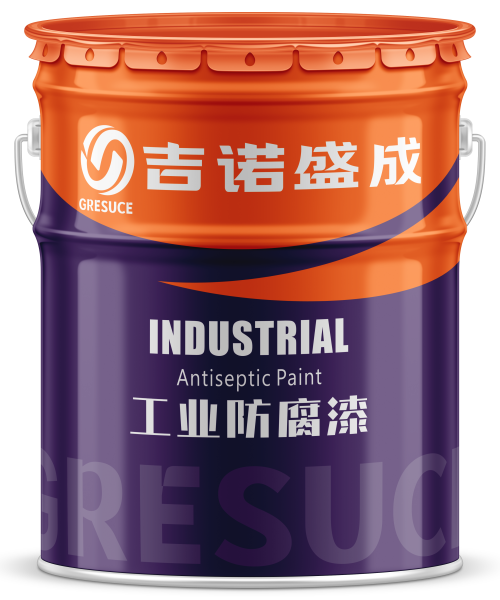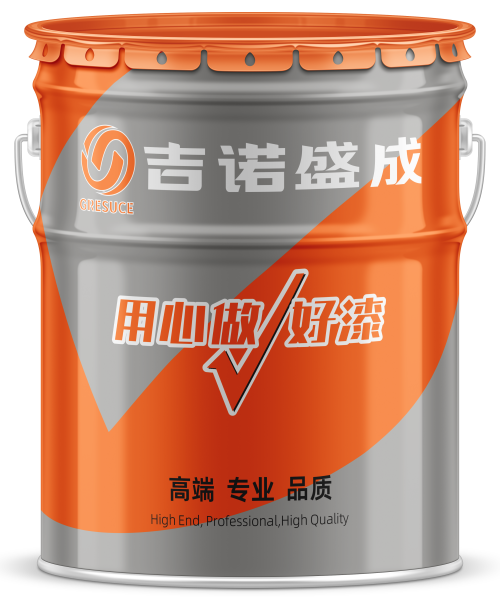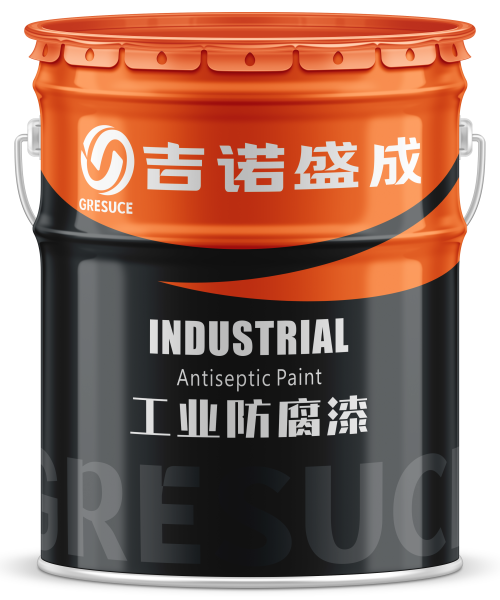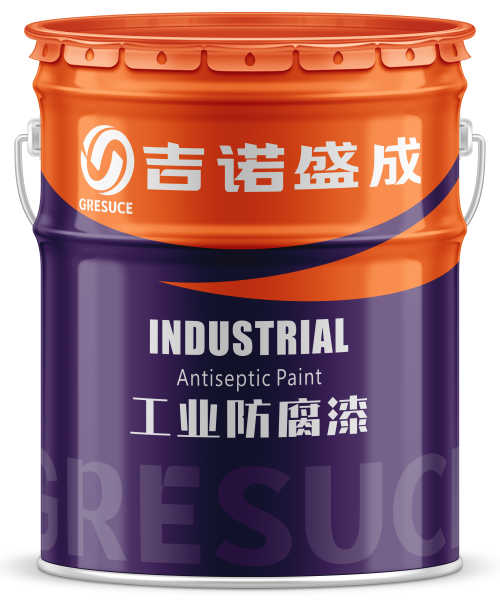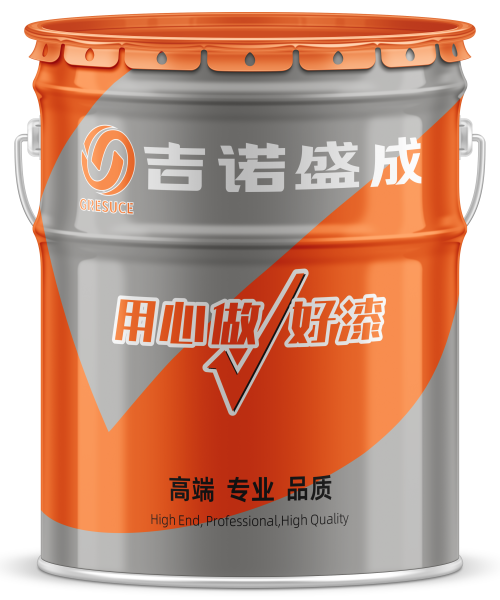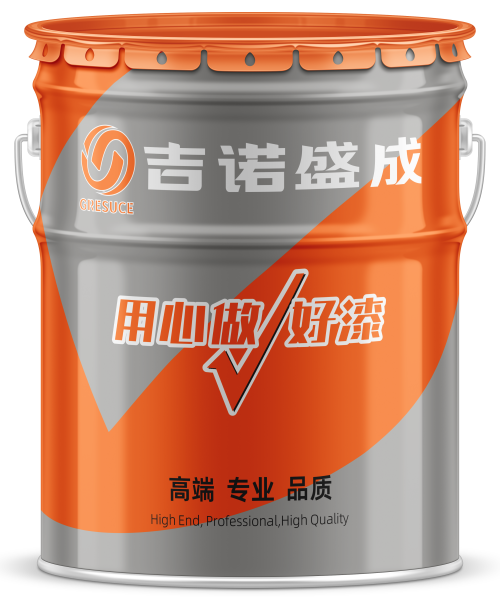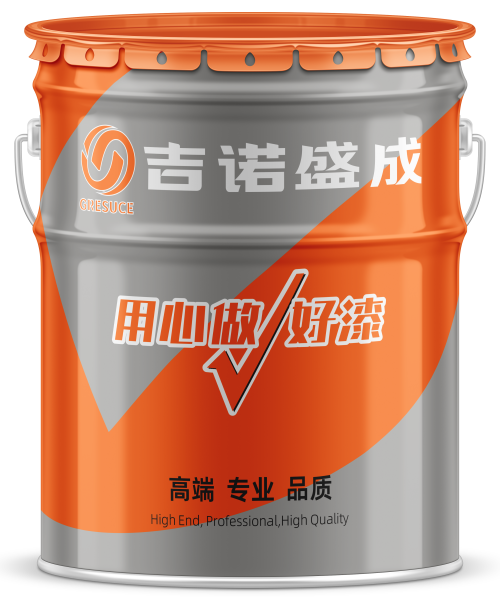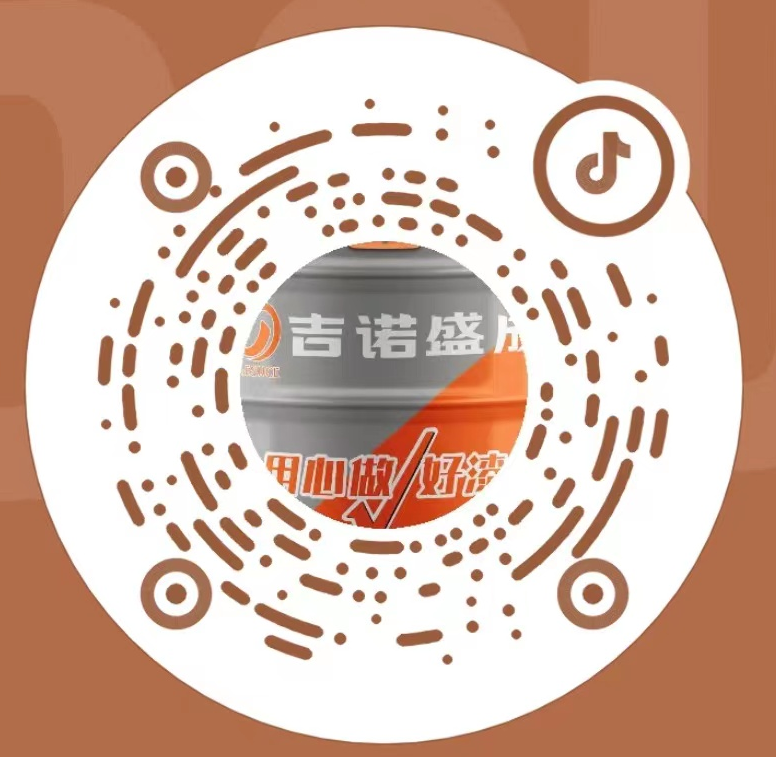Components of Anti-Corrosion Coatings
The composition of anti-corrosion coatings is crucial to ensuring their protective performance. Typically, anti-corrosion coatings consist of film-forming substances, pigments, solvents, and additives. Each component plays a vital role in the coating, working together to deliver effective anti-corrosion properties.
One、Film-forming Substances
Film-forming substances are the core components of anti-corrosion coatings, determining the fundamental properties of the coating film, including adhesion, durability, hardness, and anti-corrosion performance. The main categories of film-forming substances include:
1. Epoxy Resin
Epoxy Resin boasts excellent adhesion, chemical resistance, and mechanical properties, making it a widely used film-forming substance in anti-corrosion coatings. It is particularly suitable for highly corrosive environments, such as ships, bridges, and chemical equipment. Commonly used products include Epoxy Zinc-Rich Primer and epoxy mica iron intermediate paint.
2. Polyurethane Resin
Polyurethane Resin is frequently employed in topcoats due to its superior weather resistance and abrasion resistance. It can withstand UV radiation and maintain the aesthetic appeal and protective efficacy of the coating even after prolonged exposure to the elements.
3. Fluorocarbon Resin
The distinguishing feature of Fluorocarbon Resin is its exceptional weather resistance, enabling it to endure environmental assaults such as UV rays and acid rain for extended periods. Consequently, it is extensively used in demanding protective projects, including high-rise buildings and bridge coatings. Common products include Fluorocarbon Topcoats and Fluorocarbon Varnishes.
Two、Pigments
Pigments not only impart color to coatings but also enhance the protective properties of the coating film.
Different types of pigments play distinct roles in anti-corrosion coatings:
1. Anti-Corrosive Pigments
Anti-corrosive pigments, such as zinc dust and zinc chromate, provide effective rust protection and are commonly used in primers. They form a protective layer through electrochemical mechanisms or chemical reactions, preventing the onset of corrosion.
2. Extender Pigments
Extender pigments, such as titanium dioxide and iron oxide, not only provide color but also enhance the thickness and strength of the coating. They improve the film's opacity and abrasion resistance, ensuring the durability of the coating during use.
Three、Solvents
Solvents primarily serve to dilute the components in anti-corrosion coatings, adjusting the viscosity to a level suitable for application and ensuring even distribution. After the solvents evaporate, the components in the coating gradually solidify, forming a robust protective film.
Common organic solvents include xylene, acetone, and butyl acetate, which evaporate quickly to ensure the coating is evenly distributed during application and forms a film rapidly. These solvents are widely used in solvent-based coatings.
Four、Additives
Although additives are used in small quantities in anti-corrosion coatings, their role is critically important. They enhance the physical and chemical properties of the coatings, ensuring the final quality of the film. Additives come in various types, with common examples including:
1. Leveling Agents
Leveling agents improve the flow properties of the coating, resulting in a smoother and more uniform film. They help reduce surface defects such as brush marks and orange peel.
2. Anti-Settling Agents
Anti-settling agents prevent the pigments and fillers in the coating from settling during storage or application, maintaining the uniformity of the coating.
3.Defoamers
During the coating process, bubbles can form due to stirring or spraying. Defoamers effectively eliminate these bubbles, ensuring a smooth and defect-free film.
4. Fungicides
Fungicides prevent the growth of mold, algae, and other microorganisms on the coating surface, making them particularly suitable for anti-corrosion coatings used in humid environments.
While solvents and additives are not the primary components of anti-corrosion coatings, they play a crucial role in the application process and the formation of the coating film. By carefully selecting and combining solvents and additives, the workability of the coating and its ultimate protective performance can be significantly enhanced.
